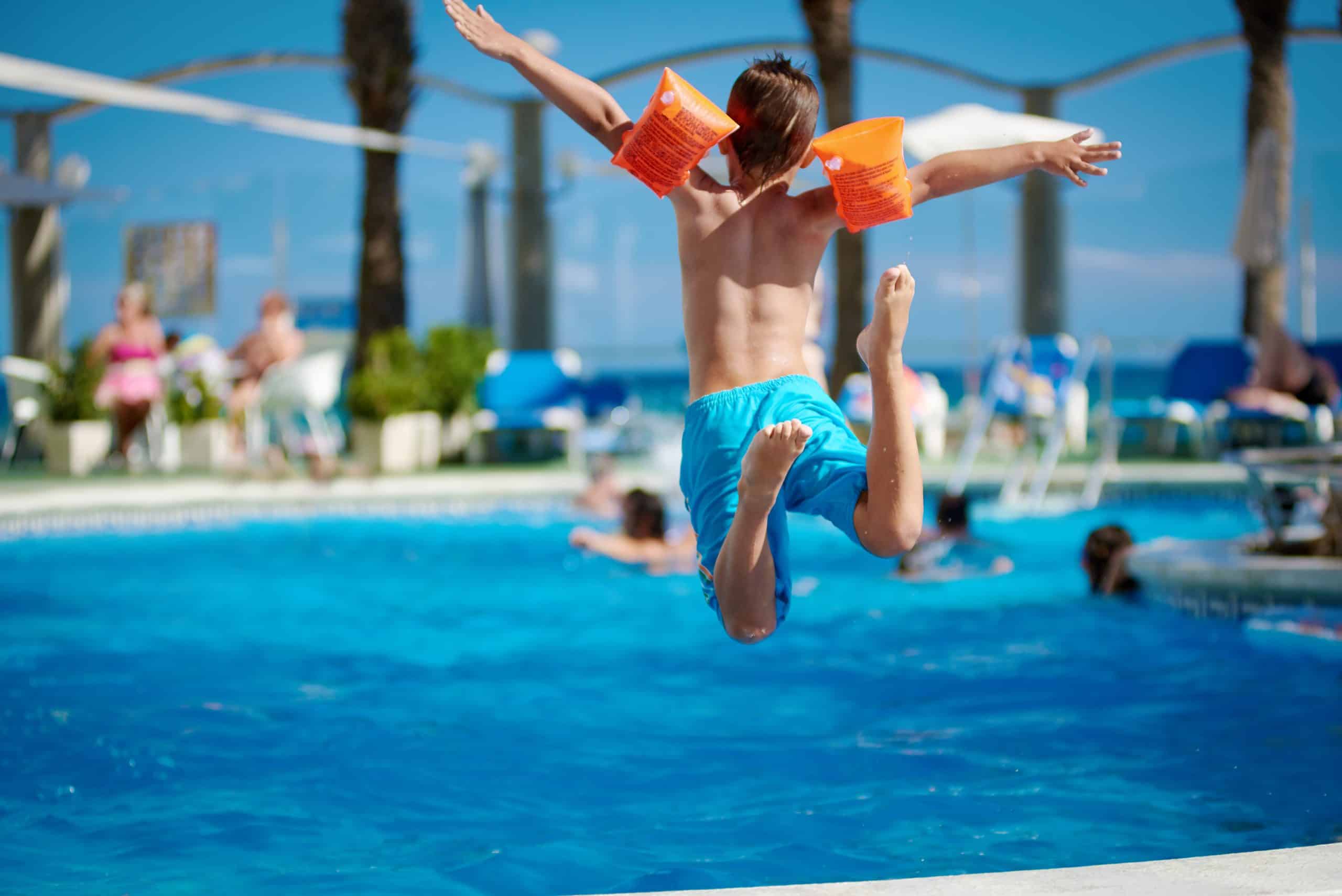
No More Poolside Blues: Everything You Need to Know About Swimmer’s Ear
by: Allury Arora-Lal, MD, Chief Medical Officer
As we head into summertime and look forward to fun in the sun and slow, lazy pool days parents need to be aware of swimmer’s ear so they can catch it early and minimize issues for their children.
What is Swimmer’s Ear?
Swimmer’s ear, also known as otitis externa, is when the canal from the outer ear to the eardrum area becomes infected. It frequently results from water that remains in the ear after swimming. Water pooling in your ear canal is the ideal setting for bacteria and fungus to settle in, start growing, and eventually cause infection since they thrive in warm, damp environments.
Although it happens most often in summertime, when swimming is common, you don’t have to swim to get swimmer’s ear. Anything that exposes your ear to bacteria or injuries to the skin of the ear canal can lead to an infection. For example:
- Scratching the ear canal while cleaning with a cotton swab
- Swimming in lakes, rivers, ponds, or the ocean as they may be polluted and contain more bacteria than you’d find in a pool.
- Skin conditions like dry skin, eczema or psoriasis in your ear canal increases your risk.
- Using earbuds or hearing aids that have been contaminated by dirt or other substances.
Knowing the signs and symptoms can help you detect swimmer’s ear early. Waiting to seek care from a medical professional will only prolong the pain and could lead to more severe, long-term issues.
The Difference Between an Ear Infection and Swimmer’s Ear
When your child has a middle ear infection, the pain will be located in the inner ear, near the ear drum and will often increase with lying down, many times making sleeping difficult. The pain associated with swimmer’s ear is felt in the outer ear canal, or near the ear opening, and it gets worse when you tug on the earlobe.
Common Signs and Symptoms
Symptoms of swimmer’s ear are typically modest at first, but if the infection is not treated or spreads, they could get worse. The main symptom is redness in the outer ear accompanied by warmth and pain. Your child could also experience:
- Itching in the ear canal
- Discharge from the ear canal that could be clear at first and then turn cloudy, yellowish, and pus-like.
- Muffled hearing
- Fever
When to Seek Medical Care
It’s important that parents are able to recognize the early signs of swimmer‘s ear. Seeking prompt treatment can help prevent complications and more-serious infections. If left untreated swimmer’s ear could affect your child’s hearing and in severe cases lead to hearing loss.
Diagnosis & Treatment
Your child’s ears will be checked by a medical provider for redness, swelling, or other signs of injury. They might collect a sample if your child‘s ears are draining in order to help identify what may have caused the infection.
Prescription ear drops that contain antibiotics and corticosteroids usually cure swimmer’s ear in 7–10 days. To help ease the pain, your provider may recommend over the counter pain medication like acetaminophen or ibuprofen. The good news is that swimmer’s ear is not contagious, so you don’t have to limit your child’s contact with friends or family.
Prevention Tips
Although you can’t fully prevent swimmer’s ear, there are precautions to minimizing the risk of developing an infection. Some tips on proper ear care and maintenance:
- Have your child use a dry towel to dry their ears after bathing, swimming or being in the water.
- Have them tip their head from side to side and pull their earlobe in different directions to help drain water from their ears.
- Have your child wear clean earplugs when they swim or spend time in the water.
- When they shower or bathe, put cotton balls in your child’s ears to reduce the amount of water in your ears.
- For children who are prone to swimmer’s ear, talk to your provider about over-the-counter drops to help with prevention. Although these drops are available without a prescription, it’s important to talk to a medical professional as children with ear tubes or other ear issues should not use these medications.
Swimmer’s ear does not have to ruin your child’s summer fun! Knowing the signs and symptoms and then seeking prompt treatment will make all of the difference. Urgent Care for Children’s pediatric experts can help when your child needs care.



